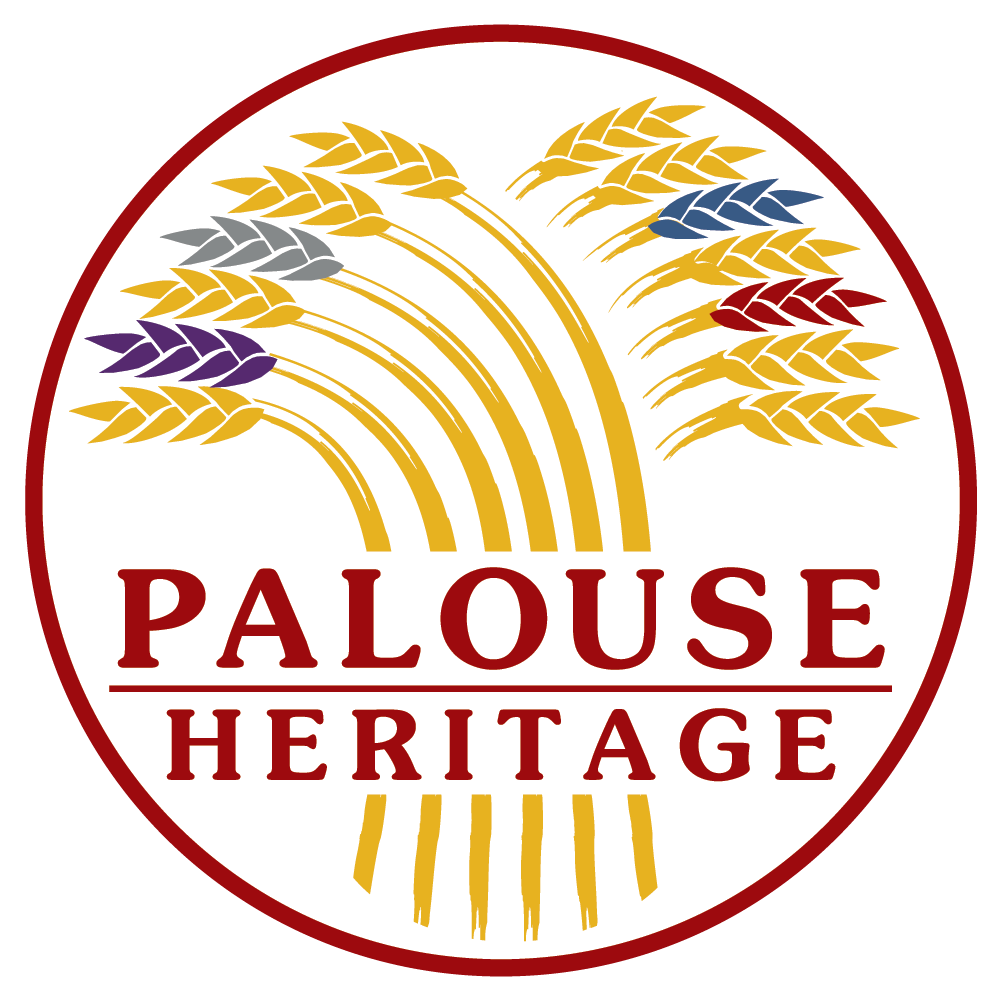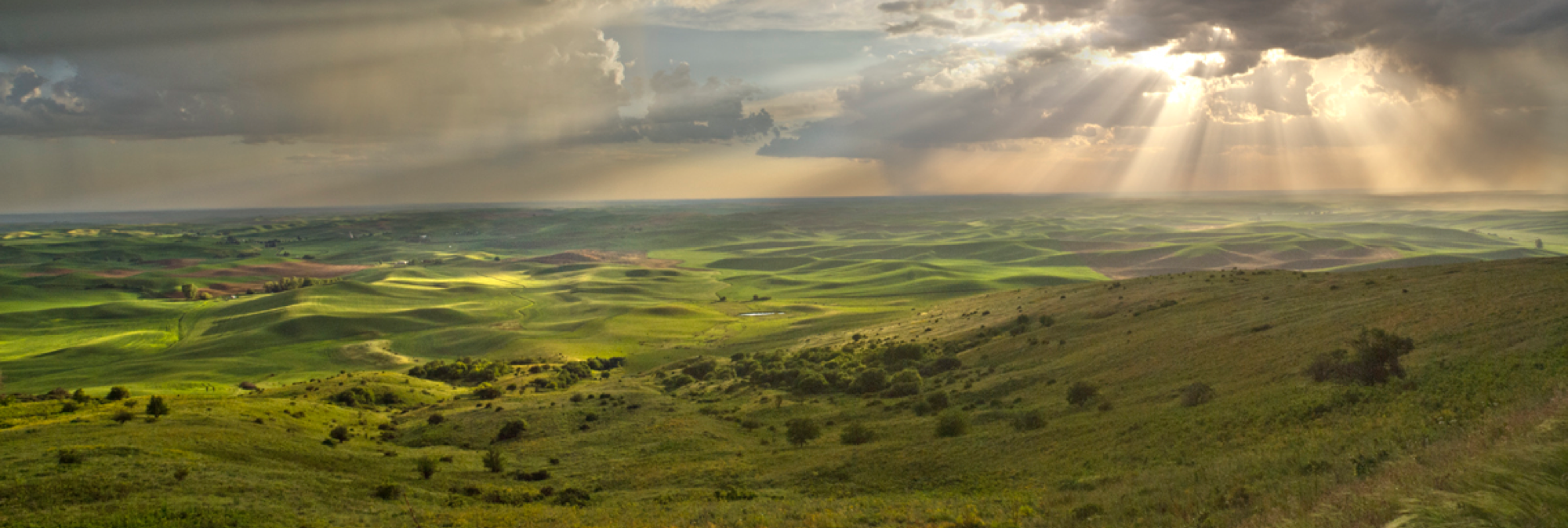Agricultural scholars and librarians from across the country converged on Pullman, Washington, last month for the National Biennal Conference of the U. S. Agricultural Information Network. I had been asked last year to serve as guest speaker for one of the sessions and was pleased to accept as a token of my gratitude for the organization’s valued help in completing my book, Harvest Heritage: Agricultural Origins and Heirloom Crops of the Pacific Northwest (WSU Press, 2013). As part of my research for that study I spent an entire day at the National Agricultural Library in Beltsville, Maryland, during a visit to Washington, D.C. I remember well walking in stifling summer heat from the end of Metro line to this impressive repository of USDA materials and other records on farm history. My trek was well worth it and led me to an array of early 19th century sources on landrace grains and other crops of early America.
Dr. Paul Wester’s Presentation on the National Agricultural Library
My remarks featured a summary of that research and description of the heritage grains we have been raising at Palouse Colony Farm. Many members of the audience were from eastern states so had special interest in learning about the original Colonial White Lammas (Virginia May) wheat and Scots Bere barley that we have restored to production. Demonstration plots can now be seen at the National Arboretum, Colonial Williamsburg’s Great Hopes Plantation, and Mt. Vernon Living History Farm.
My talk at the WSU conference was preceded by an address from Dr. Paul Wester, Director of USDA’s Agricultural Research Service at the National Agricultural Library. He presented an fascinating overview of the USDA’s history including information on its establishment by President Lincoln at a time when he certainly had other things on his mind with the Civil War raging. (The Pullman conference convened on the 156th anniversary of the department’s founding.)
Morrill Hall, Washington State College, Pullman (1895), Named for Justin S. Morrill, Father of the 1862 Land Grant College Act, Drawing by Rob Smith (2012)
Dr. Wester shared that the library’s strategic goals are four-fold: 1) To ensure efficient delivery of USDA programs; 2) feed and cloth the world; 3) strengthen stewardship of private lands through teaching and research; and 4) provide access to a nutritious and secure food supply. We met together after our presentations and he expressed special interest in emerging markets for landrace grains. He also offered to help with transportation to the library on my next visit to D.C.! My thanks to conference organizer Lara Cummings and WSU’s Dawn Butler for facilitating my participation in this informative gathering.

























